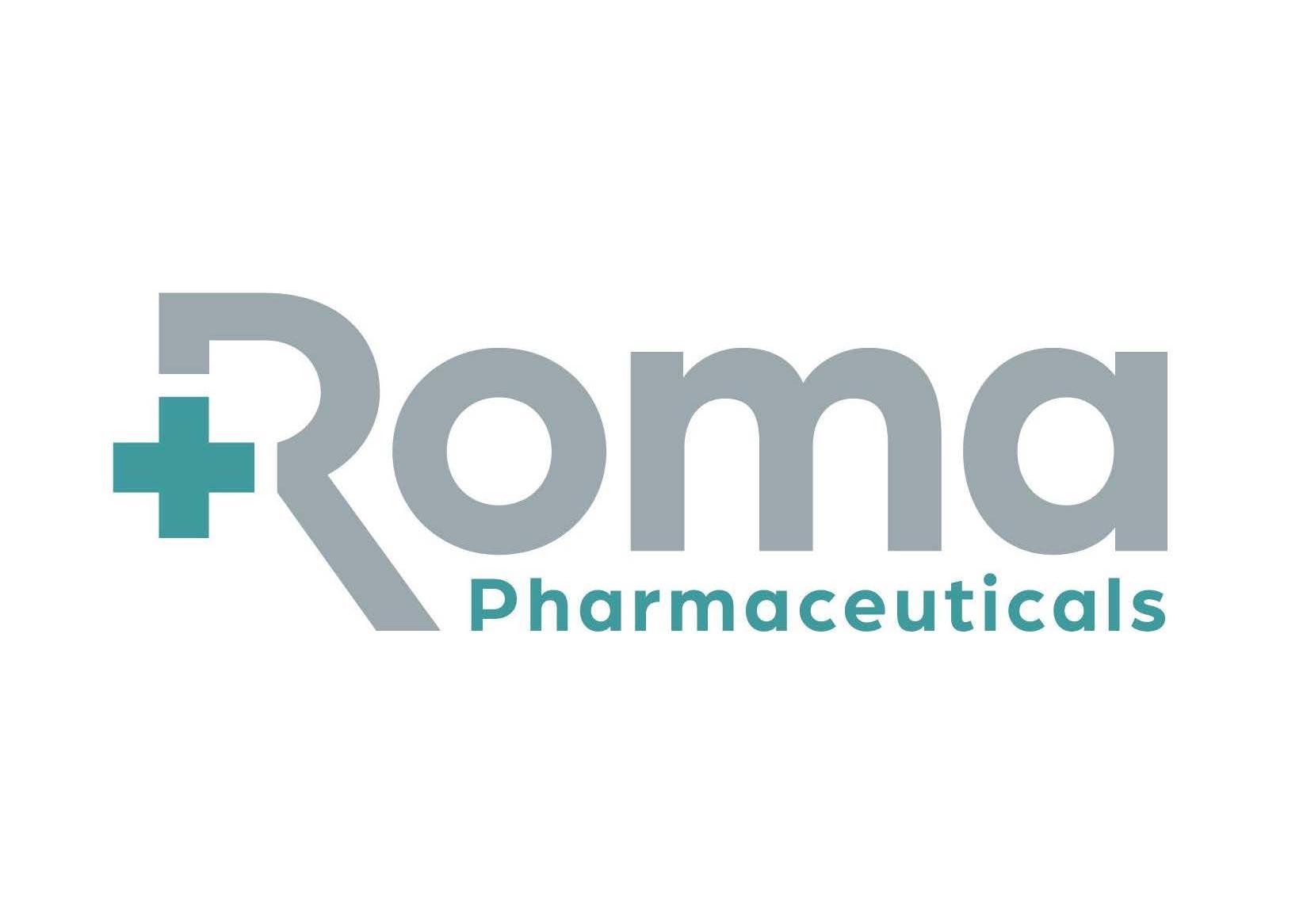Carbocisteine 250 mg/5 ml oral solution
Active Ingredient:
ATC code:
R05CB03
About Medicine
Prescription only medicine
My Account Area

Roma Pharmaceuticals Limited


Address
Gibraltar House, Crown Square, First Avenue, Centrum 100, Burton upon Trent, Staffordshire, DE14 2WE
Telephone
01283 890091
Medical Information e-mail
[email protected]
Stock Availability
[email protected]
